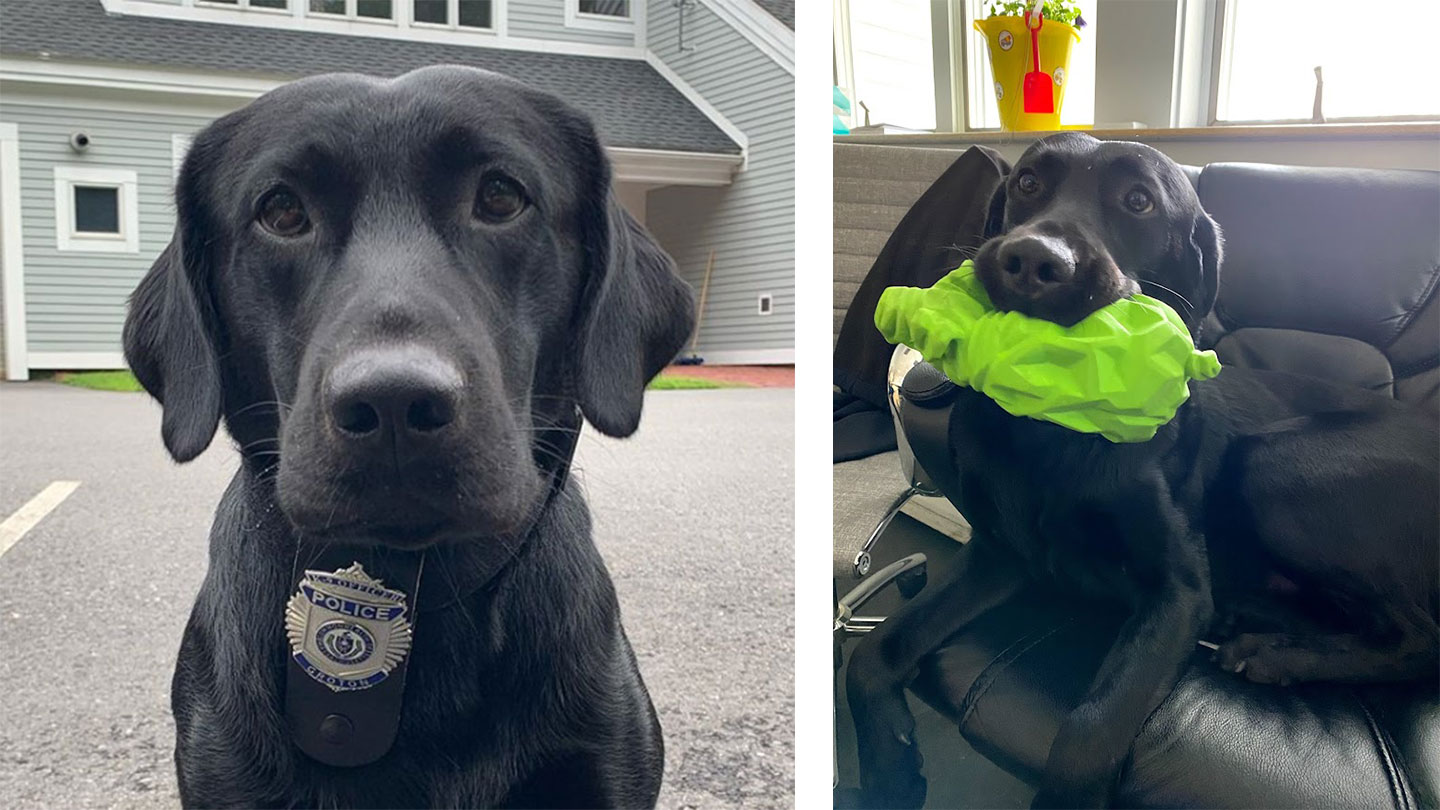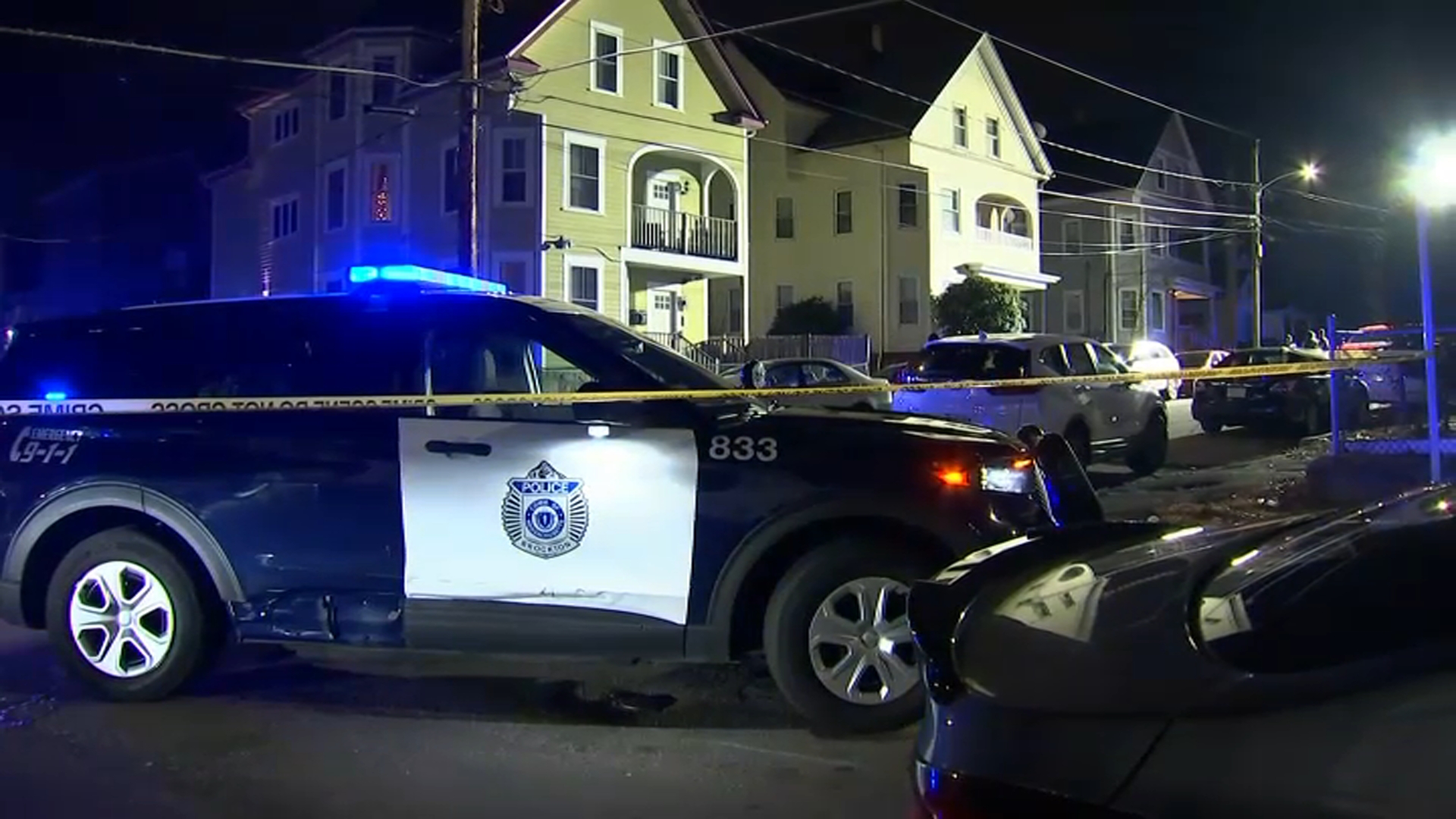A Massachusetts town is making a significant effort to diversify its police and fire departments.
Seven police recruits and two firefighters joined the ranks of Swampscott's first responders Wednesday night.
The swearing-in ceremony happened without much fanfare, but comparing the new composition of these departments to just a year ago, one can't help but notice a change.
"Little by little, we're changing the face of policing and it's much needed in police reform today," said Swampscott Police Chief Ruben Quesada.
Get Boston local news, weather forecasts, lifestyle and entertainment stories to your inbox. Sign up for NBC Boston’s newsletters.
Quesada is a recent product of that conscious decision by the town to diversify its departments.
"This past hiring round we set clear goals and objectives to find the most qualified, most diverse and most well-rounded individuals," Quesada said during the town hall.
"I was already a police officer somewhere else," said new police recruit Joan Pena. "Coming over here was because of Chief Quesada's vision and what he wants to do with the department and where he wants to take it."
Prior to Quesada's hiring last year, the department had 31 white male police officers and only one female officer, with no other ethnicity represented. The department then increased that number, with women now making up 13% of the force and Latinos representing 16%.
"I'm excited to take my skills into this new role and explore all the different opportunities," said Angelica Noble, a new police recruit.
The department also hired its first Black officer in its history.
"It's the most difficult work that I've done, but certainly the most meaningful," said Swampscott Town Administrator Sean Fitzgerald.
Although the new recruits are following Quesada’s mission, it was the town administrator’s vision, with the support of the board, that helped recruit Quesada from Arizona in the first place.
Fitzgerald said getting rid of the civil service system to hire officers allowed them to cast a wider net of more diverse recruits.
"Civil service just hands you a list and you just had to hire off that list and nobody asked, 'Well, why aren't there more women on that list? Why aren't there minorities on that list?' We looked at the list a couple of years ago and said, 'We can do better,'" said Fitzgerald.
"We're looking to diversify. However, we also need the applicants to be there," explained Massachusetts Latino Police Officers Association President Yessenia Gomez.
Gomez said hiring these days is tough given the societal challenges the police face today. She also sees this as an opportunity for departments to branch out.
"Having someone in the police department that understands that, and comes from the same background, educates both sides: the officer will educate the community as to, you know, we're not all painted by the same brush and vice-versa," she said.
It's worth noting the demographics of the North Shore town - according to census data, nearly 88% of residents in town are white. But rather than having first responders only look like the town's people, Swampscott sees greater value in diversity of thought, culture and language.



